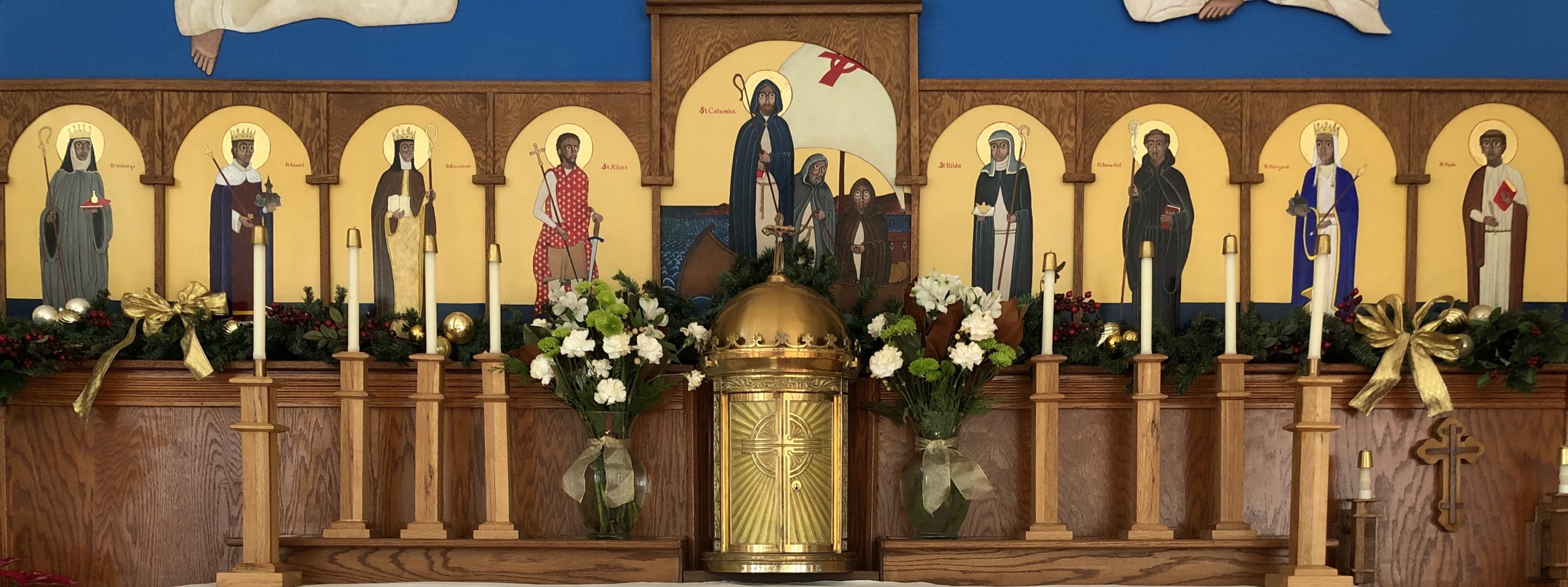
The Appendix includes an edition and an English translation of the Copto-Arabic version of the Vita of the same St. Special attention is given to the ninth-century saint Eustratius of Mar Chariton, whose memory the Orthodox Church kept on 17 October.

It includes an edition and an English translation of this text, which contains precious information about seven little-known ascetic fathers of this celebrated Palestinian monastery.
ANTIOCHIAN RITE ARABIC TRANSLITERATION SERIES
Der Artikel enthält eine kritische Ausgabe und eine englische Übersetzung des Kapitels 56 des »Kitāb ar-Rawḍa«, das den Titel »Über das: ›Erkenne dich selbst‹« trägt.Ībstract: The third instalment in the “Unpublished Texts from the Arab Orthodox Tradition” series makes accessible a neglected document from the Orthodox Christian tradition in Arabic: the Paterikon of the Palestinian lavra of Mar Chariton. Anschließend wird das noch unveröffentlichte Meisterwerk ʿAbdallāh ibn al-Faḍls »Kitāb ar-Rawḍa« in den Mittelpunkt der Untersuchung gestellt – eine arabische Übersetzung des byzantinischen (fälschlicherweise Maximos Confessor zugeschriebenen) »sacro-profanen« Florilegs Loci communes – als ein herausragendes Beispiel einer griechisch-arabischen Übersetzung, die in diesem Umfeld entstehen konnte. Es werden zunächst die wichtigsten antiochenischen Übersetzer besprochen: Antonios, Ibrahim ibn Yūḥannā, Gregor, Kyr Chariton, Yāni ibn ad-Duks, Kyr Christopher ibn ad-Dawbalī (oder ad-Duwaylī) und besonders ʿAbdallāh ibn al-Faḍl, die alle arabisch sprechende orthodoxe Christen oder »Melkiten« waren. = Zusammenfassung: Dieser Artikel konzentriert sich auf eines der wichtigsten – und am wenigsten erforschten – Zentren christlicher griechisch- arabischer Übersetzungstätigkeit: die Region Antiochien nach der byzantinischen Rückeroberung der Stadt im Jahr 969. The article includes a critical edition and an English translation of chapter 56 of the ✻ook of the Garden«, entitled »On ›Know Thyself‹«. Subsequently, it focuses on ʿAbdallāh ibn Faḍl’s still unpublished masterpiece ✻ook of the Garden« (Kitāb ar-Rawḍa) – an Arabic translation of the Byzantine »sacro-profane« florilegium Loci communes (mis-ascribed to Maximus the Confessor) – as an example of a Graeco-Arabic translation produced in that milieu. It discusses the most important Antiochene translators: Antonios, Ibrāhīm ibn Yūḥannā, Gregory, Kyr Chariton, Yānī ibn ad-Duks, Kyr Christopher ibn ad-Dawbalī (or ad-Duwaylī), and especially ʿAbdallāh ibn al-Faḍl (all of them Arabic-speaking Orthodox Christians or »Melkites«). See Alexander Treiger, “The Beginnings of the Graeco-Syro-Arabic Melkite Translation Movement in Antioch,” Scrinium 16 (2020) (in press open-access online version: ).Ībstract: This article focuses on one of the most important – and the least studied – centres of Christian Graeco-Arabic translation activity: the region of Antioch after the Byzantine reconquest of the city in 969. NOTE: Yūḥannā ʿAbd al-Masīḥ has now been re-dated to the 11th century. The article analyzes the structure and content of the Menologion based on all the available sources, especially on the colophons of these manuscripts. An abbreviated single-volume version of the Menologion is preserved in Sinai ar.

It is preserved in fourteen manuscripts: Sinai ar.
This extensive work (originally in nine volumes, or “parts,” ajzāʾ) was compiled in the first half of the thirteenth century, by a little-known author Hieromonk (i.e., priest and monk, al-qiss wa-l-rāhib) Yūḥannā ʿAbd al-Masīḥ from Antioch. The article focuses on the Antiochian Menologion (in Arabic: “Book of the Wheel,” Kitāb al-Dūlāb)-a collection of festal homilies and lives of saints for the entire liturgical year (September to August).


 0 kommentar(er)
0 kommentar(er)
